In order for businesses to effectively and efficiently manage their expenses, it is essential for them to have a solid understanding of the various SG&A expense categories. The monitoring of these expenditures enables businesses to zero in on specific areas of cost reduction or elimination, which ultimately results in an increase in profitability. It may help to think about SG&A as four key categories of expenses – marketing, sales, development and overheads. Initially, the company doesn’t closely monitor these costs, leading to a situation where its SG&A expenses amount to 40% of its total revenue. This high percentage eats significantly into the company’s profitability. In the context of Canadian business, SG&A encompasses a wide range of expenses, from employee salaries to marketing and office supplies.

How is SG&A calculated?
- SG&A is reported below the gross profit line, or sometimes below the COGS line if gross profit is not shown.
- It can help companies to make informed decisions about their operations and to improve their efficiency and effectiveness.
- If a company stops investing in advertising, they might quickly see a dip in sales, indicating the correlation between effective selling expenses and business growth.
- Start by leveraging technology—think customer relationship management (CRM) systems or automated marketing tools—that can amplify your sales efforts without exponentially increasing costs.
By distinguishing SG&A from other expense categories such as COGS, R&D, G&A, and S&M, startups can gain a clearer picture of their financial commitments and operational efficiency. Each category has its unique purpose and implications, and understanding these https://www.bookstime.com/articles/amortization-accounting distinctions helps in accurate financial reporting and strategic planning. Understanding how SG&A expenses are reflected in financial statements is crucial for accurate financial analysis and decision-making.
Breaking Down SG&A Expense
- Other operating expenses Visa breaks out include personnel, network and processing, professional fees, depreciation and amortization, and litigation provision.
- Your financial statements are more than a look at how your business performed in the past.
- General and Administrative (G&A) expenses are the costs related to the overall management and administration of the business.
- SG&A expenses basically cover all the costs of running a business, except for those directly tied to making the product or service (COGS).
- ‘General expenses’ might encompass rent, utilities, office supplies—essentially, they cover the day-to-day running of the business, including necessary website maintenance.
- Examples of direct selling expenses include transaction costs and commissions paid on a sale.
By benchmarking against peers, a company can identify whether they’re spending too little or too much on SG&A. It’s this intel that can lead to smarter, more targeted financial decisions. LegalZoom provides access to independent attorneys and self-service tools. LegalZoom is not a law firm and does not provide legal advice, except where authorized through its subsidiary law firm LZ Legal Services, LLC. Use of our products and services is governed by our Terms of Use and Privacy Policy. In this instance, the expenses are shown as negative numbers, however, this is not always the case so analysts will need to check balance sheet the format of each income statement.

AccountingTools
We can see that selling, general, and administrative expenses are reported in the operating expenses section of the income statement. The reporting of SG&A expenses in an accurate manner is absolutely necessary for companies in order for them to determine their financial health and profitability. Incomplete or inaccurate reporting of selling, general, and administrative costs can lead to erroneous analysis and projections of financial performance. Companies have a responsibility to ensure that they are accurately reporting their SG&A expenses and are doing so in accordance with generally accepted accounting principles. SG&A expenses do not include raw materials costs, wages of production workers, or utilities at a manufacturing facility. These items are included in cost of goods sold (COGS), which is deducted from revenue to calculate gross profit.
SG&A Example
On the other hand, advertising expenses will vary with the strategic decisions a company makes during the given period. Operating expenses are a broader category encompassing all business running costs, including SG&A expenses, R&D expenses, depreciation and amortization, and, in some cases, cost of goods sold. SG&A expenses are disclosed in the notes to a company’s sg and a meaning financial statements, providing additional information and transparency to investors and analysts. Remember that the classification of certain costs might depend on the specific context and industry.



Add comment